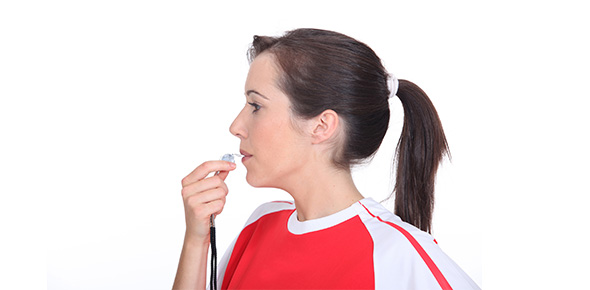Related Flashcards
Related Topics
Cards In This Set
| Front | Back |
|
Herbacious Plants are approximately _____% water
|
85-95% water
|
|
Woody plants are approximately ______% water
|
75-85% water
|
|
What is the driving force for growth in size by causing cell expansion?
|
Turgor pressure
|
|
Movement of water from a region of high water concentation (pure water) to a region of low water concentration (a solution) through a semi-permeable membrane is __________
|
Osmosis
|
|
How does relative humidity (RH) affect water loss from stomata in leaves
|
The greater the difference between the air RH and the water in the leaves, the more water is lost
|
|
TRUE or FALSE: The temperature where relative humidity equals 100% is correctly called condensation
|
False
|
|
TRUE or FALSE: Hail is very large sleet
|
True
|
|
Worms don't sweat but people do in a process called perspiration. Trees don't perspire, they lose water through a similar process called ____________
|
Transpiration
|
|
Greater than 99% of water lost through plants occurs through the _________
|
Stomata
|
|
TRUE or FALSE: Translocation and transpiration are both defined as the loss of water by roots.
|
False
|
|
The ultimate driving force of water uptake in the xylem through the length of tall trees is _____________, the loss of water vapor from stomata
|
Transpiration
|
|
Which of the following plant properties will usually lower transpiration rates?
|
Waxy leaves, Vertically oriented leaves, and Leaves with smaller surface area
|
|
What is an environmental factor that affects transpiration?
|
Soil water, wind, Light intensity, temperature, and humidity
|
|
When stem and leaf cuttings are removed from the parent plant they lose their source of water. Provisions must be made to prevent the continued loss of water or many cuttings will dessicate and eventually die.
Decreasing surrounding light and temperatures and increasing relative humidity around cuttings is key to their survival and this can be enhanced by utilizing an __________________. This is a bench or table where a very fine mist of water is automatically and periodically sprayed over the cuttings to decrease both water loss and heat buildup. |
Intermittent mist system
|
|
Your friend Earl is planting a small garden in his backyard. Since Earl is a fulltime student who also works part-time he doesn't have a lot of time to maintain the garden. Knowing you are a garden-growing pro, he asks what type of outdoor irrigation system you would recommend to him: he wants something that is the most water efficient, uses low pressure equipment, will place water right by each plant, is easy to install, and doesn't care about the cost. What system would you recommend to Earl?
|
Drip or trickle irrigation
|







